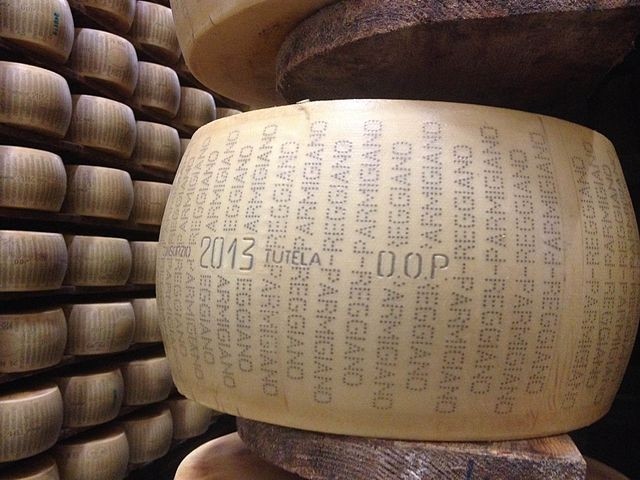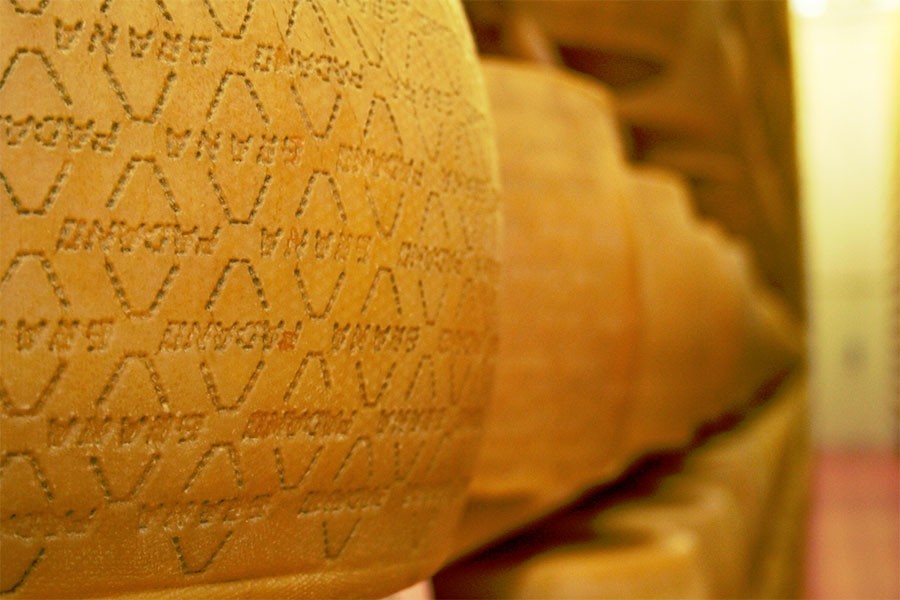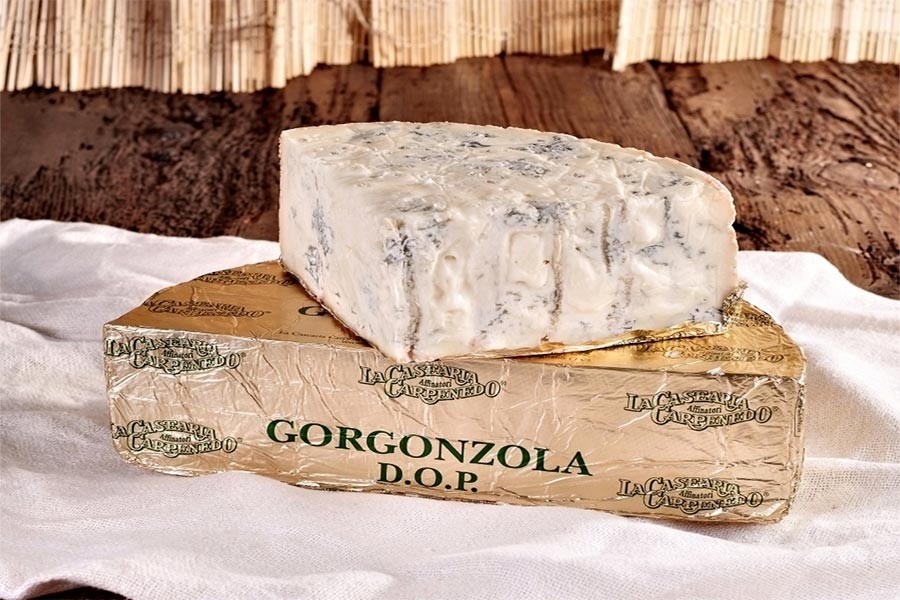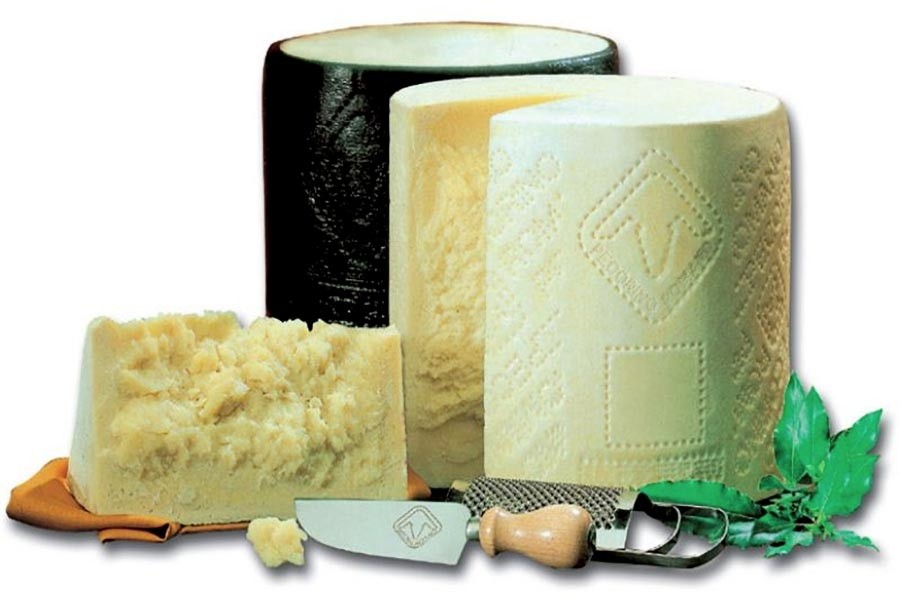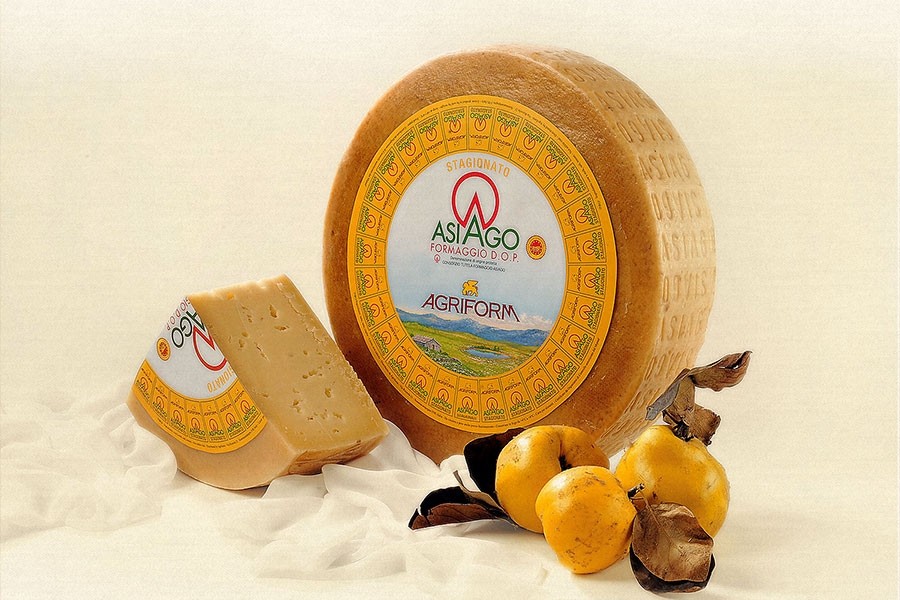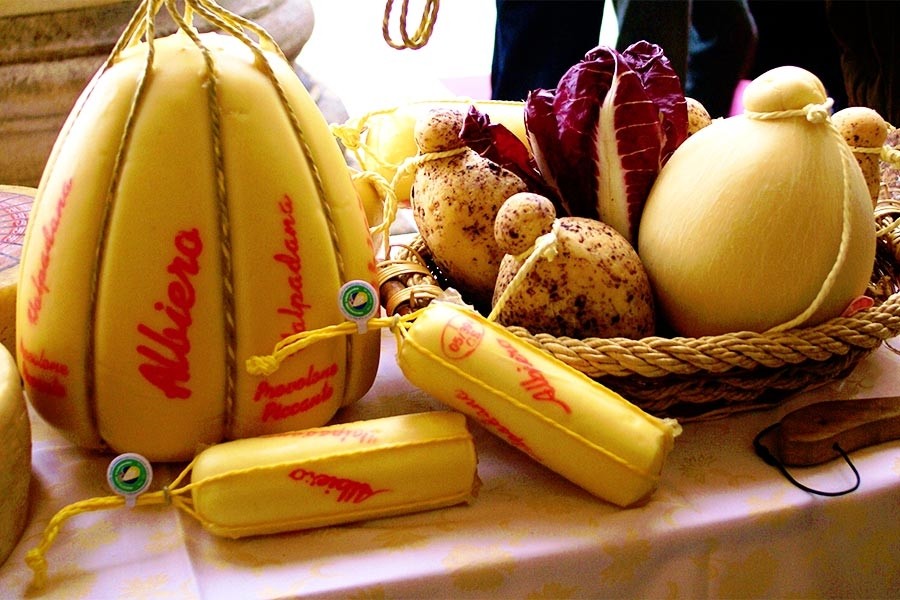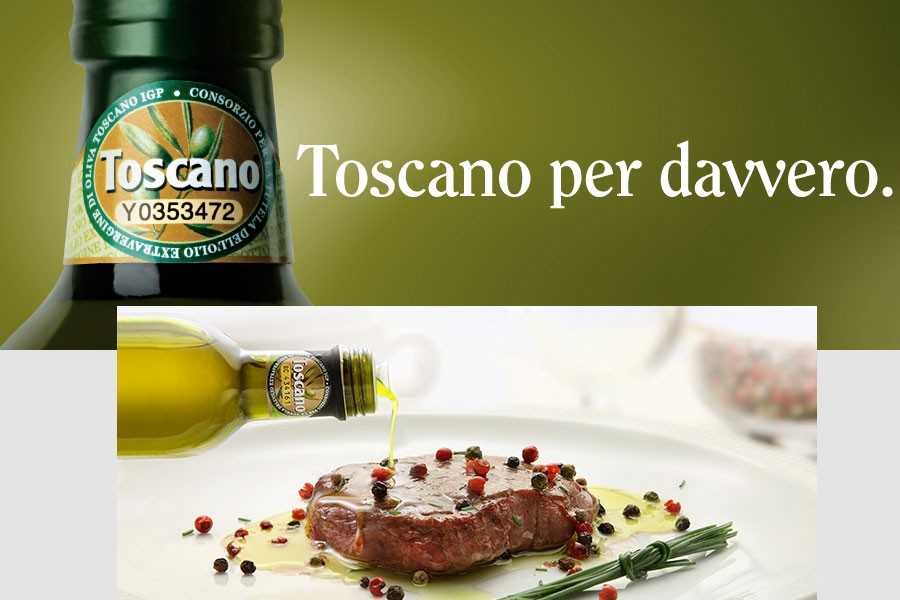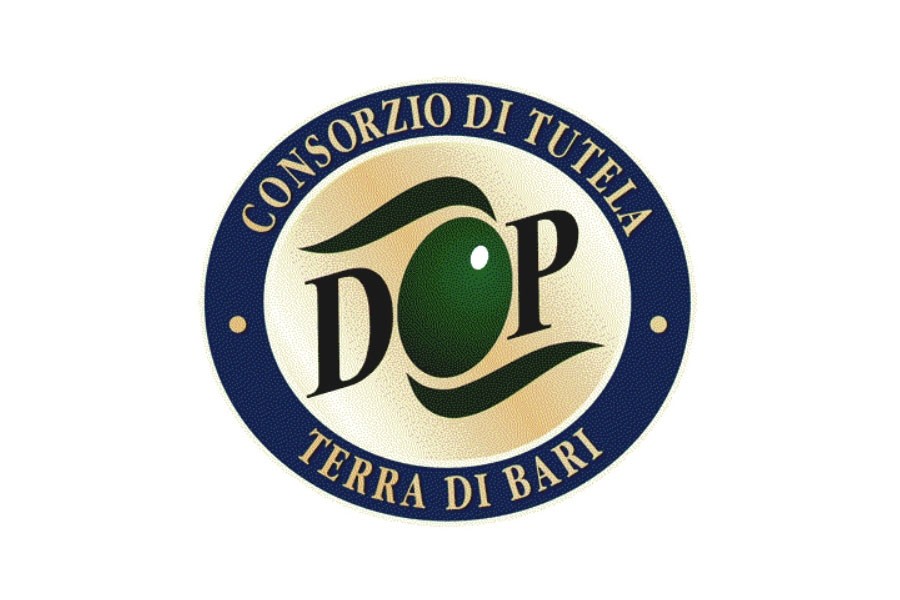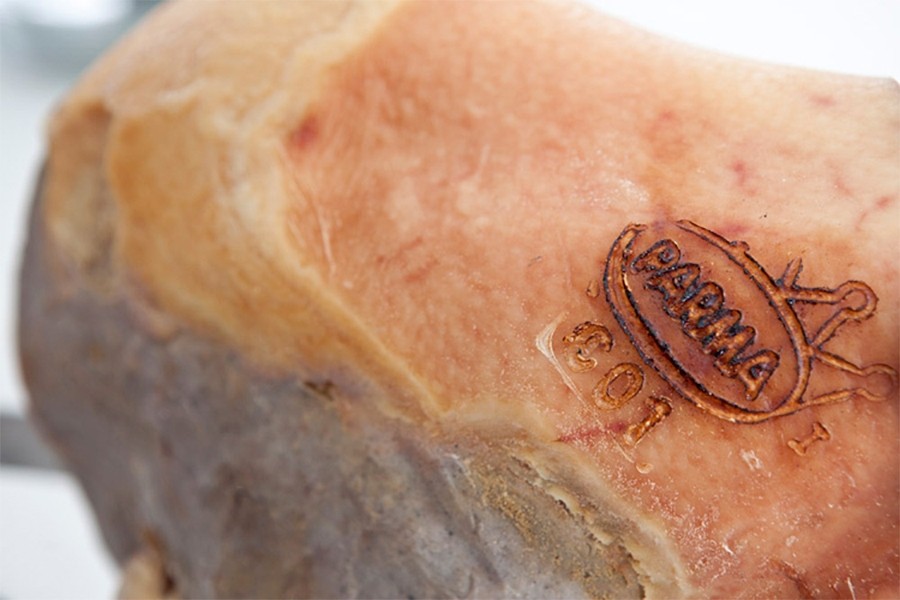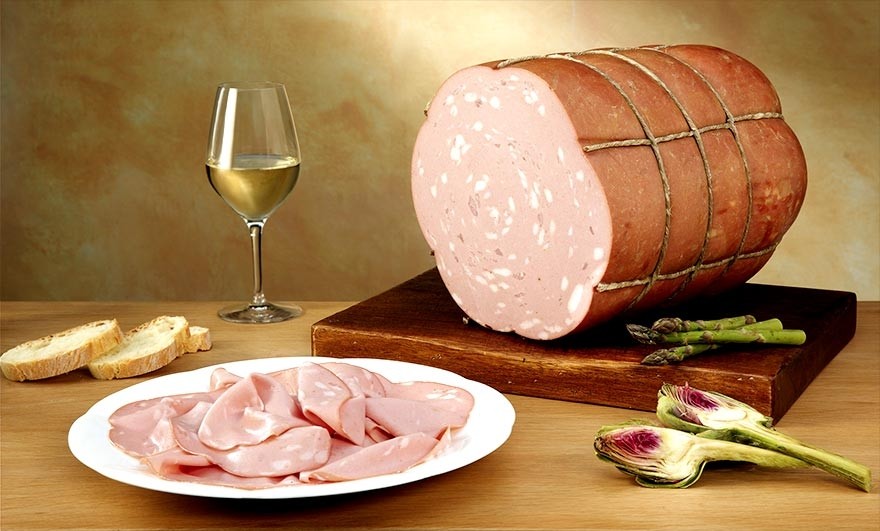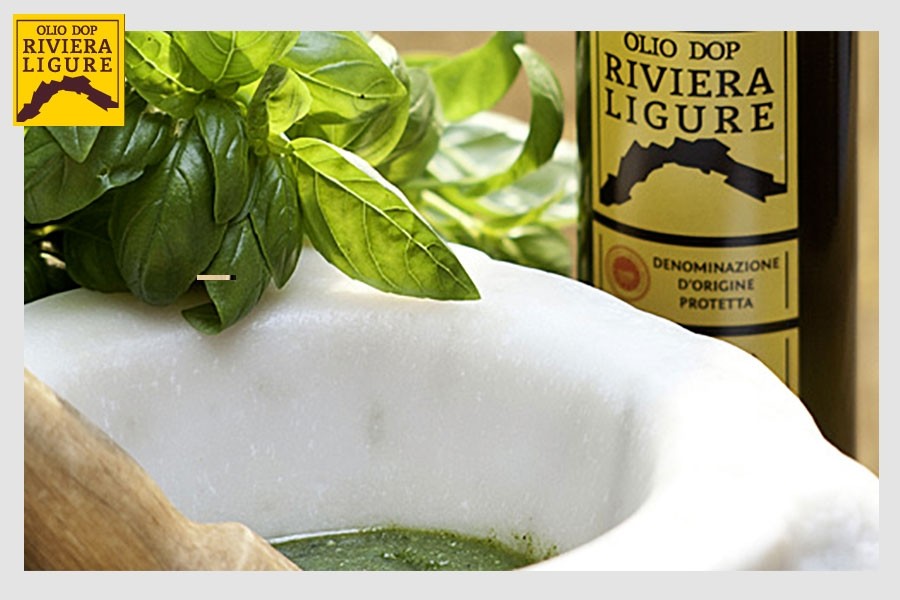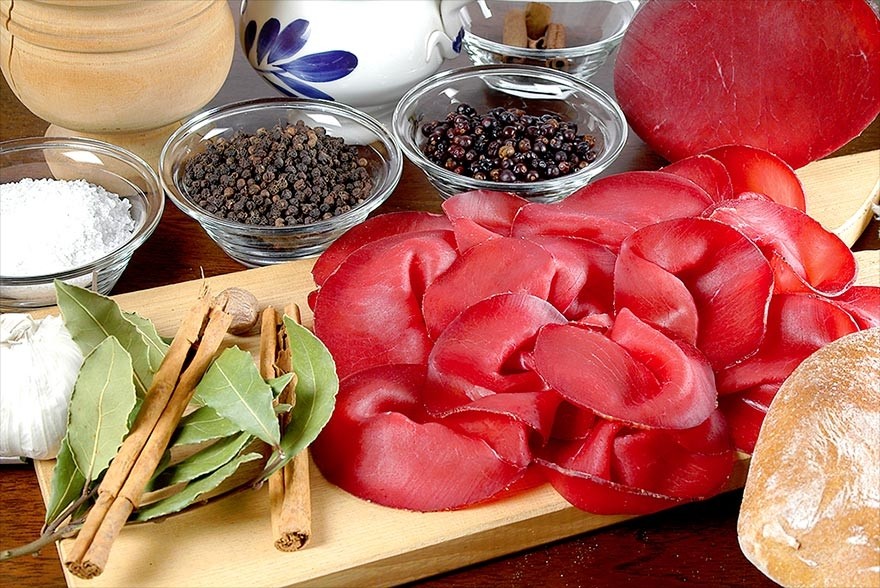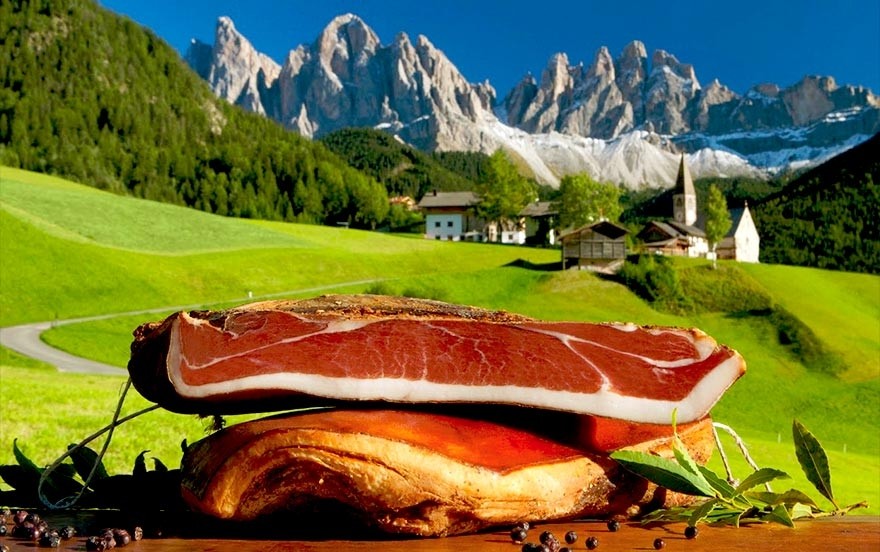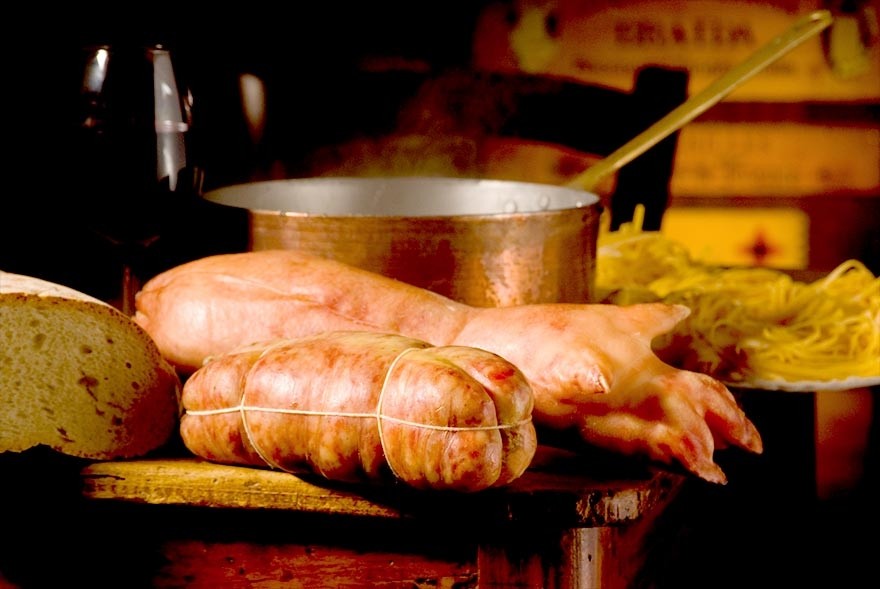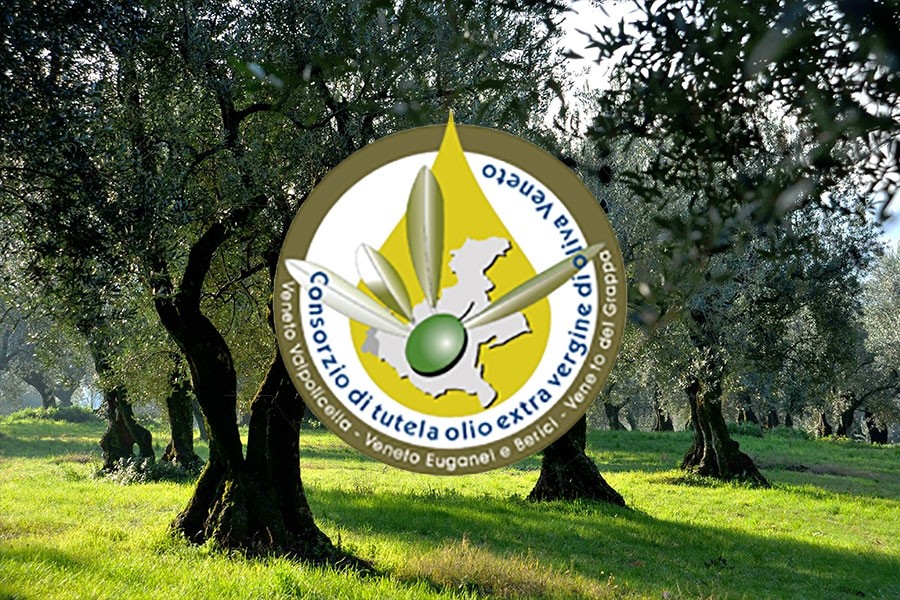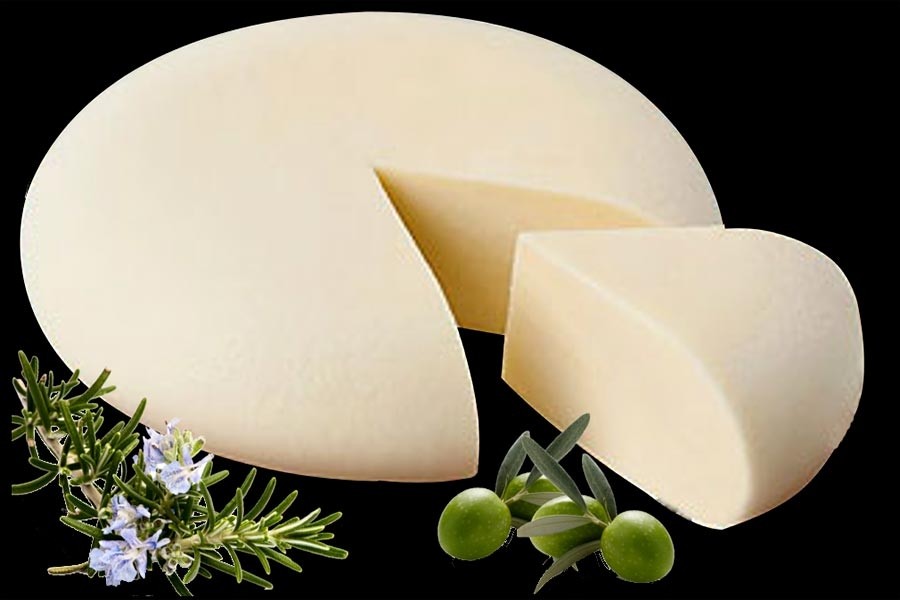Molise Oil DOP extra virgin olive oil is obtained from the Aurina, Gentile di Larino, Oliva Nera di Colletorto, and Leccino olive varieties, and it is required that at least 80% of the olive groves consist of these, mixed or individually. Local varieties such as Paesana Bianca may also be present, and Sperone di Gallo, Olivastro, and Rosciola, which cannot exceed 20%.
Production Method
The olives must be harvested directly from the tree, either by hand or mechanically, starting from the first ripening of the fruit. Olives that have fallen to the ground before harvesting cannot be used. The olives must be transported to the mill in a way that preserves the quality of the fruit. They should be stored in a cool and dry place, in rigid, ventilated, and stackable containers, until the milling process, which must take place within two days of harvesting. The grinding process should last a maximum of 50 minutes and must be performed using water at a controlled temperature, not exceeding 25°C.
Appearance and Flavor
Molise Olive Oil DOP extra virgin olive oil has a yellow-green color; it has a fruity aroma ranging from light to mild and a fruity flavor, with delicate sensations of bitterness or spiciness.
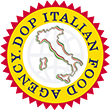
 IT
IT 